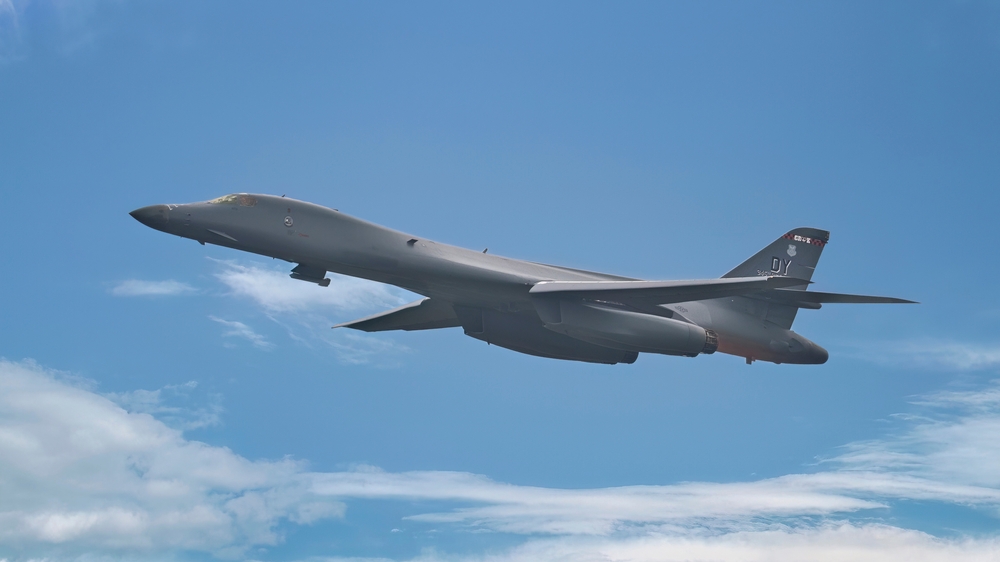This marks the fourth deployment of the nuclear-capable B-1B to the region this year.
Others are reading now
The United States conducted a joint air exercise with South Korea and Japan, according to Digi24.
Fourth Deployment This Year
They are deploying a B-1B strategic bomber near the Korean Peninsula in response to North Korea’s recent intercontinental ballistic missile (ICBM) test.
This marks the fourth deployment of the nuclear-capable B-1B to the region this year, underscoring U.S. commitment to its allies in countering North Korean threats.
The joint exercise, which took place on Sunday, featured the B-1B bomber alongside South Korean F-15K and KF-16 fighter jets and Japan’s F-2 jets, escorting the bomber to a designated area south of the peninsula.
Also read
The South Korean Joint Chiefs of Staff stated that the exercise “demonstrates the alliance’s commitment to integrated extended deterrence in response to North Korea’s advancing nuclear and missile threats,” emphasizing a show of force capable of striking simulated targets rapidly and precisely.
Three Days After North Korean Launch
The B-1B, known as the United States’ heaviest strategic bomber, boasts four engines, a variable-sweep wing design, and a low radar signature.
With its long-range capabilities, it is considered one of the most powerful bombers ever built.
The exercise was conducted just three days after North Korea’s launch of the Hwasong-19, one of its most advanced solid-fuel ICBMs. Experts say the Hwasong-19 has the potential to reach targets on the U.S. mainland.
According to military sources who monitored the launch, the missile reached higher altitudes and had a longer flight duration than any previous North Korean missile.
North Korea’s state media hailed it as “the world’s most powerful strategic missile,” with leader Kim Jong Un expressing “great satisfaction” at the successful test, calling it an “appropriate military action” to counter perceived external threats.

